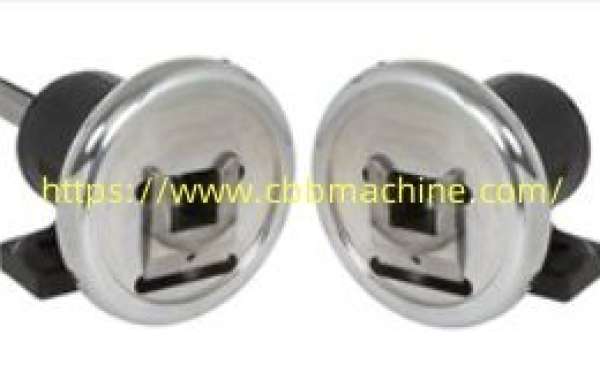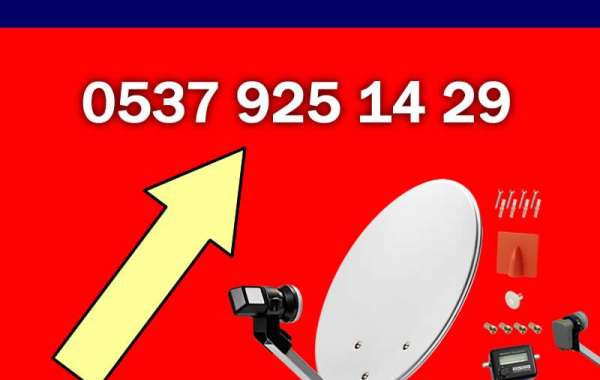In roll-to-roll manufacturing systems, operators rely on devices like the Safety Chuck to securely hold and transfer rotary motion to winding shafts, providing a safe and efficient interface between the drive and the material roll.
This essential mechanical component is often found in applications such as printing, laminating, paper converting, and textile production. It plays a vital role in holding the shaft ends in place while allowing smooth rotation. Its ability to safely support high-speed rotation while simplifying shaft changes makes it invaluable in modern production environments.
One of the main advantages of this system is its quick-release function. The top lid or insert design allows for easy loading and unloading of the shaft without disassembling surrounding equipment. This improves changeover speed, reduces downtime, and contributes to overall process optimization. Operators can access the shaft quickly and efficiently, saving time and labor.
Another important feature lies in the structure’s durability. Most units are constructed from hardened steel and are designed to withstand the wear caused by continuous operations. In some designs, inserts or replaceable parts allow users to extend the product’s service life further without the need to replace the entire unit.
Interchangeability is also a key benefit. Units are often available in both flange-mounted and foot-mounted configurations, depending on machine layout. Additionally, safety chucks can be matched with air shafts, friction shafts, or mechanical expand chucks to create a complete roll handling solution. Their compatibility with different drive systems and machine setups makes them an ideal choice for varied industries.
Proper alignment is critical to avoid uneven torque distribution or excessive shaft wear. Manufacturers typically offer precision-machined models that guarantee concentric operation. This not only extends equipment life but also helps maintain consistent tension and product quality throughout the process.
Ease of maintenance further increases their appeal. Regular lubrication and routine inspections are usually sufficient to ensure long-term operation. For facilities with multiple production lines, this low-maintenance feature translates to reduced costs and fewer production delays.
As automation and machine safety standards continue to rise, having reliable, well-designed components like this one contributes to a safer working environment. The device ensures that rotating shafts are fully enclosed and supported, reducing the chances of mechanical failure or operator injury.
Ultimately, a strong, high-quality chuck is more than just a mounting solution—it is a part of the overall operational integrity of roll-based systems.
To explore more about product types, uses, and maintenance tips, please visit https://www.cbbmachine.com/news/industry-news/safety-chucks-function-types-maintenance-and-more.html








